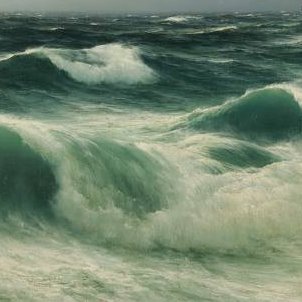I've been experimenting mixing greys from complementary colors. (If anyone has any other favourite tube greys or mixed greys, please let me know).

The top row consists of tube greys.
The Warm Grey Light shown here is by Old Holland.
The Torrit Grey is a very colourless gray produced by Gamblin from leftover pigments (it varies from batch to batch apparently, depending which pigments are left over).
The Davy's Gray is Winsor and Newton and very transparent. Davy's Gray is useful for darkening bright colors without dirtying them too much. It leans toward green.
The other three rows are greys mixed from complementaries.
In some of the mixes I may not have spent enough time getting the colors to neutralise each other.
The Cad Yellow Deep I used to mix with Ultramarine looked very orange, but was not orange enough and produced a yellow ochre rather than a grey.
Burnt Sienna + Cobalt Blue and Raw Sienna + French Ultramarine look pretty much like Davy's Gray.
Viridian + Quinacridone Rose looks very much like Payne's Grey.
Prussian Blue +Venetian Red is a lovely grey that looks like Indigo.
These mixes could be used as substitutes if you don't have those tube greys.
If the complementary colours are not mixed completely, an interesting vibrant grey is produced.
Payne's Grey, Davy's Gray and Indigo, would be useful for marine painting. The mixes of Alizarine or Quinacridone reds with and Viridian or Phthalo Greens, look like useful greys for skies.
If you mix greys from complementary colors that you have already used in other parts of the painting, the effect will be to unify and harmonise the painting.
.jpg)






++.jpg)












































